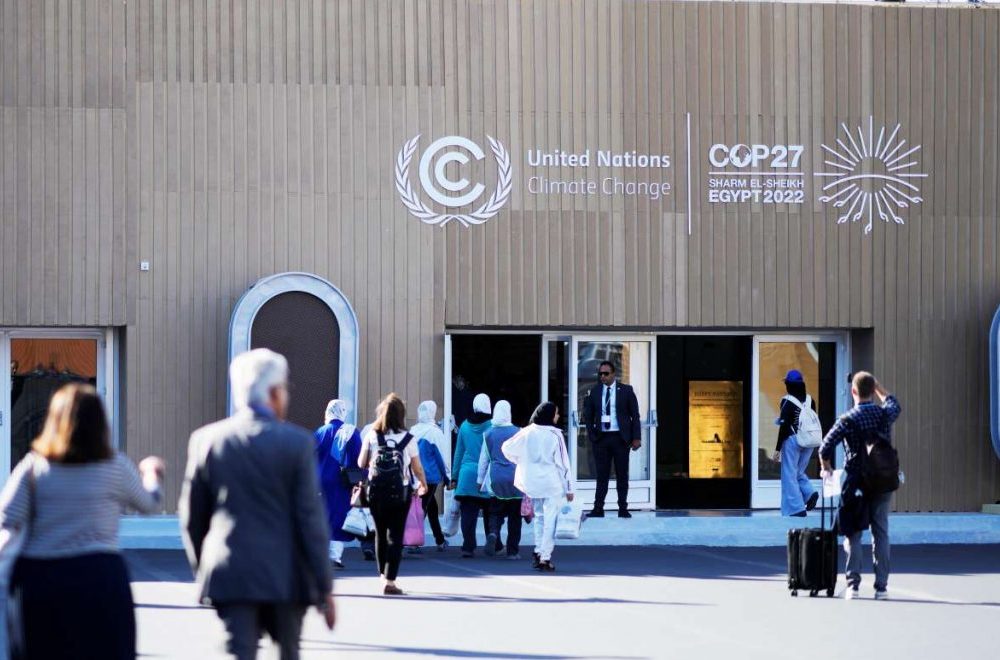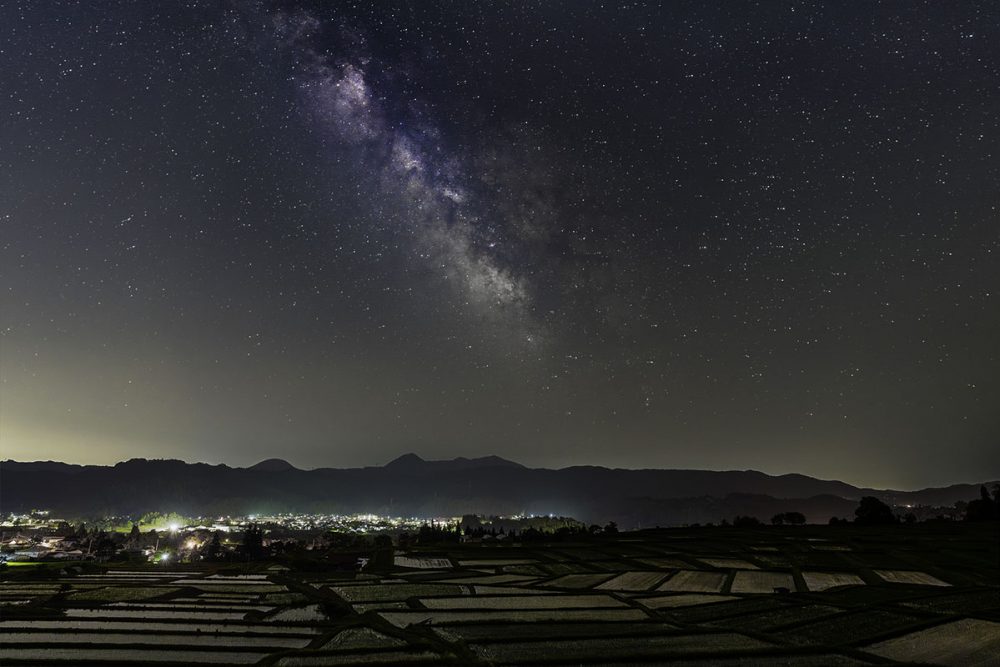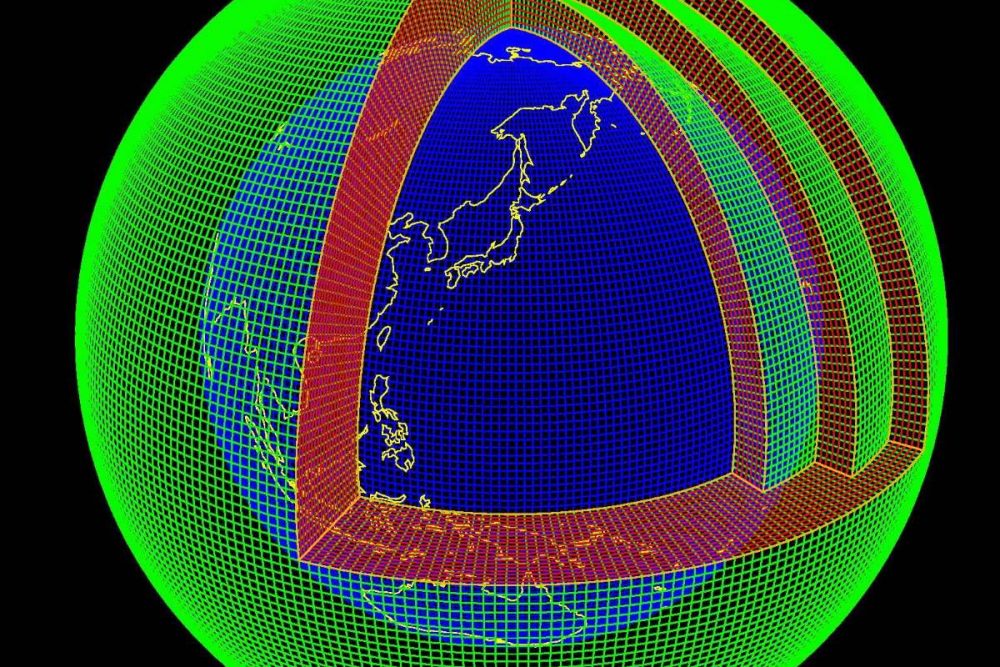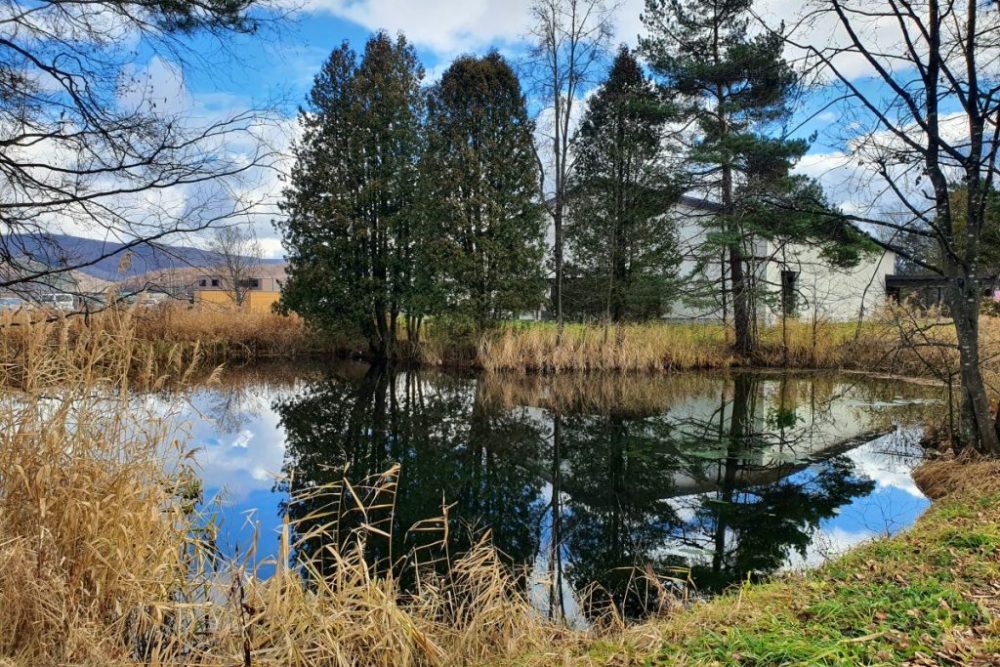The Culprit Behind Red Snow and Accelerated Glacial Melting
A research team in Japan is studying the proliferation of red snow, caused by a type of algae, to predict future impacts on glacial melting amid global warming.
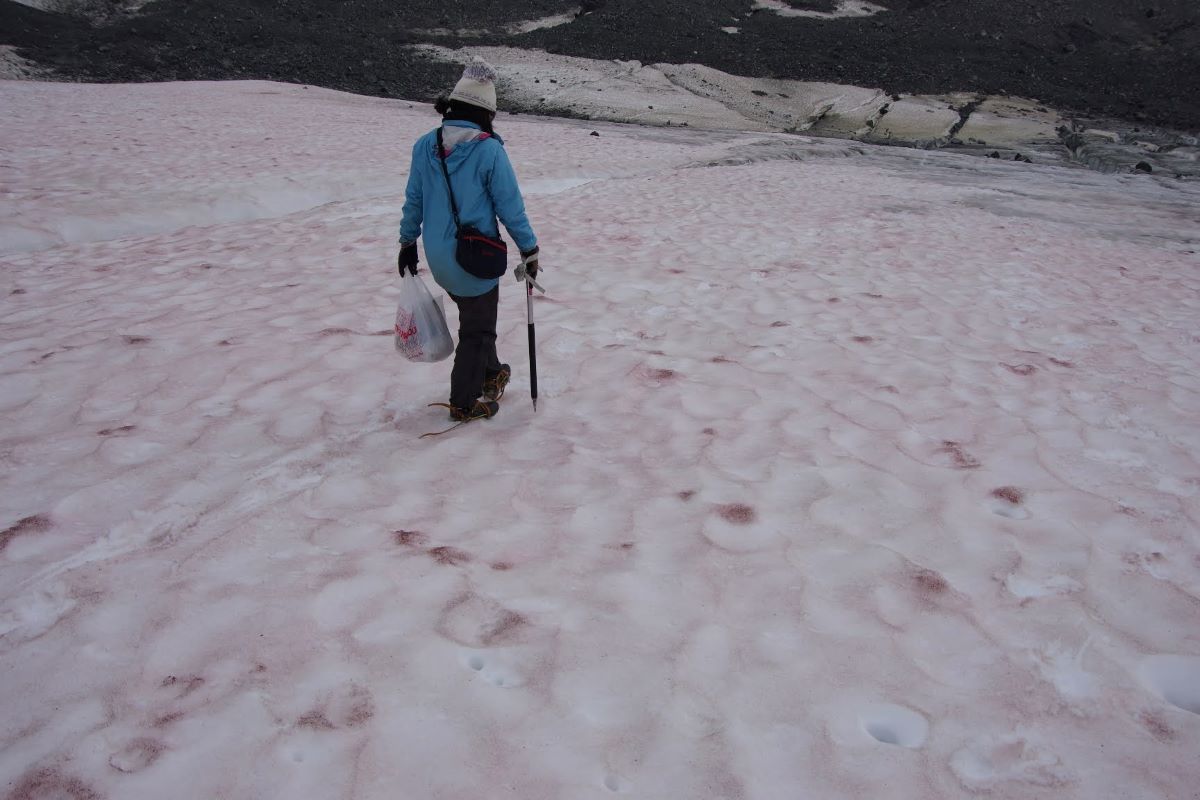
このページを 日本語 で読む
"Red snow" is a phenomenon in which lingering snow in colder regions turns red from spring to summer. Caused by blooms of a certain type of algae, red snow has attracted increasing attention in recent years for accelerating the melting of glaciers due to global warming.
The linkage between global climate change and microorganisms that live exclusively in cold areas is becoming clear.
Survivors of the Ice Age
Algae, a type of microorganism, live on glaciers and alpine snowpacks. They can be found in many colors, including green and yellow. Red snow can be observed from spring to summer on the surface of thawing snow and occurs when red varieties proliferate. It has been reported in the Arctic and Antarctic, as well as in Alaska, the Himalayas, and other parts of the world.
According to Nozomu Takeuchi, a professor of glacier biology at Chiba University, algae have green chlorophyll and perform photosynthesis just as plants do. But Dr Takeuchi says that those causing red snow also have a red pigment.
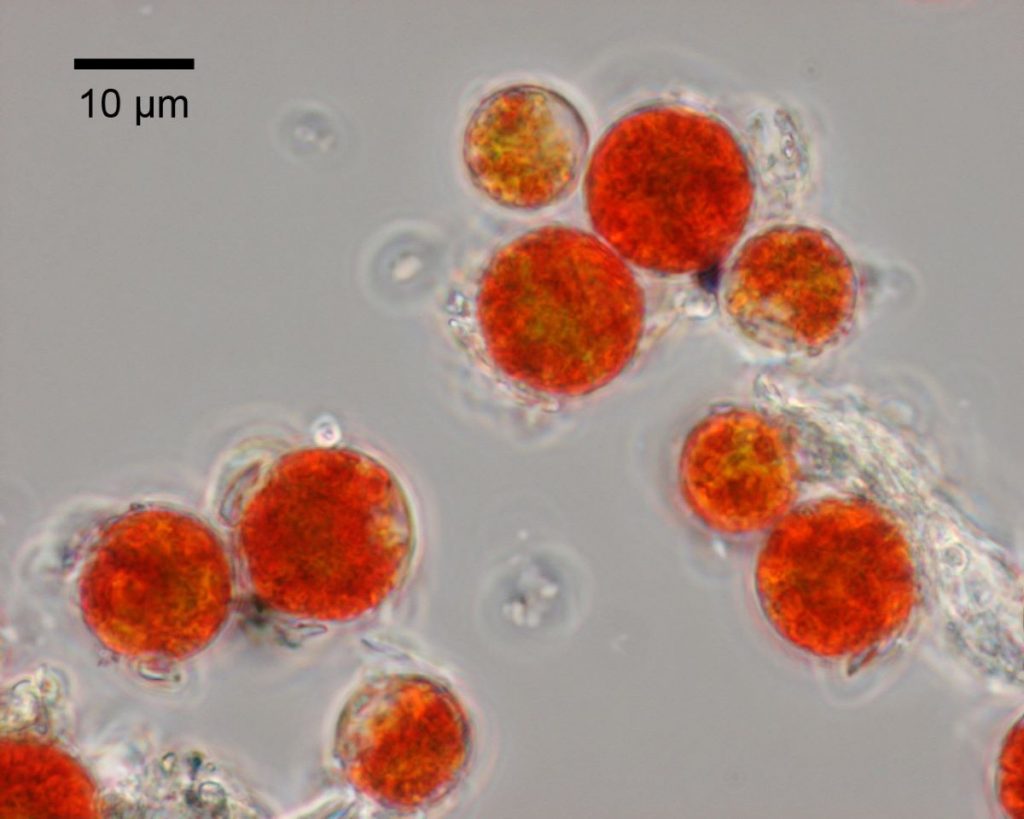
Extremely strong sunlight on the surface of snow and ice can easily damage DNA. To protect their DNA, the algae evolved to use the red pigment to cut the UV rays, much like sunglasses.
The mysterious sight of snow turning red has long attracted interest. Aristotle wrote about it in ancient Greece. A record of it is also contained in the Shoku Nihongi one of the Six National Histories of the Heian period (794-1185 CE).
Scientific investigations began during 19th-century Arctic expeditions, but it was not until the 20th century that algae were found to be the cause.
Ice and Snow Not 'Lifeless'
Algae that cause red snow live in extreme environments where temperatures are near 0 degrees Celsius, the melting point of ice. Ordinarily, organisms cannot thrive in these conditions.
Red snow algae, on the contrary, are unusual creatures that cannot reproduce without such low temperatures.
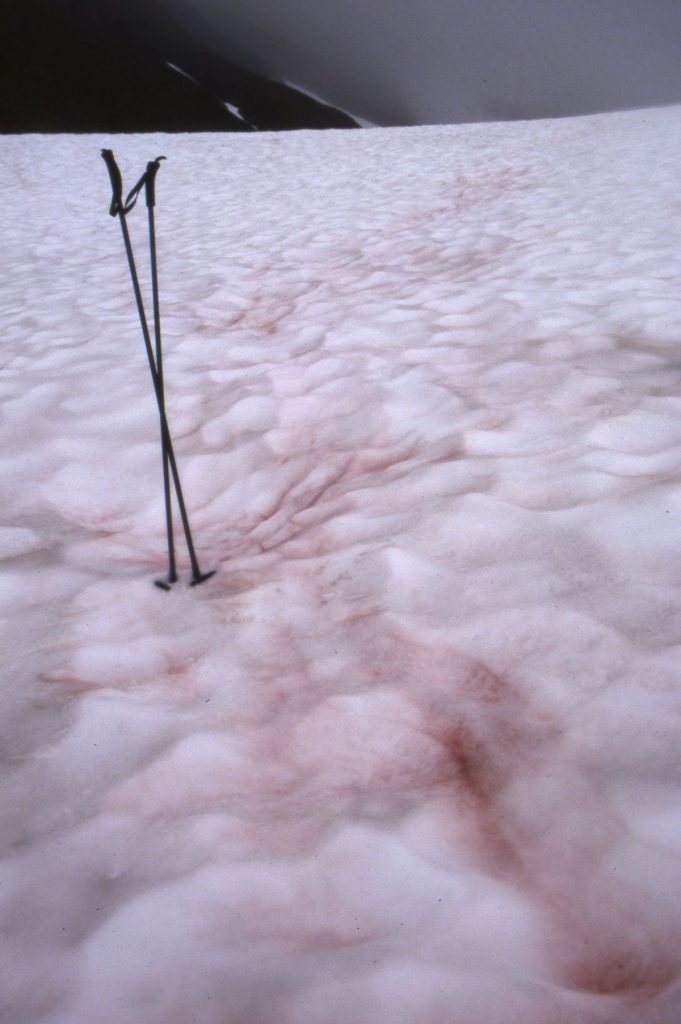
Dr Takeuchi explains, "From the perspective of geological history, ice ages have been recurring, including those where the entire Earth was covered with ice. Cold periods were not out of the ordinary. Organisms from those times have managed to survive to this day. We need to change the conventional notion that snow and ice are a lifeless world."
Red Snow and Glacial Melting
A recent concern is that red snow is accelerating the melting of glaciers and snow cover in the Arctic.
While white snow reflects most of the sunlight, reflectivity drops by 10 to 20 percent when red snow occurs. It is then easier for the snow to absorb heat, speeding up the melting process. In the case of ice, melting can occur up to two to three times faster.
Since the start of the 21st century, the pace of melting has sped up on Greenland's shrinking ice sheet. Global warming is the main cause. But the algae in red snow are also proving to be a significant factor.
Algal blooms have increased alongside global warming due to longer summers during which snow melts. Satellite images have confirmed their expanded proliferation.

To understand the impacts, in 2022, Dr Takeuchi on a joint research team with the University of Tokyo conducted the world’s first simulation to estimate the scale of red snow globally. The team succeeded in replicating almost all occurrences and distribution of red snow reported to date.
In the Northern Hemisphere, the phenomenon begins in mid-latitude regions around June, with occurrences in Greenland in August. The distribution area moves northward as the season progresses.
Going forward, the team will work on future projections based on the global warming scenarios outlined in the reports of the Intergovernmental Panel on Climate Change (IPCC).
"The red snow could cause the melting of glaciers to happen even earlier, making predicted levels of sea level rise go even higher. The impact is likely to be particularly great in Greenland, but needs to be clarified on a global scale," Dr Takeuchi emphasizes.
Awakened by Melting Snow
So, what mechanisms are at work when red snow occurs? The minuscule algae of interest are only 0.02 millimeters in size. Scientists have surmised that during the summer in Japan, when the snow disappears, they lurk in the soil in the form of spores, much like plant seeds.
The water from the spring melting awakens them from dormancy. They then use their flagella to swim to the surface of the snow, where they reproduce and cause red snow. In some cases, spores may also fly through the air.
Algae vary from place to place, but recent genetic analysis has shown that the same species are found in both the Arctic and the Antarctic. While we do not know how they spread from the Earth's two extreme points, it is possible that they were carried by migratory birds that travel between the poles, implying the involvement of a global ecosystem.
Japan is among the world’s heaviest areas of snowfall, making it ideal for observing red snow. Mt. Gassan in Yamagata Prefecture and Tateyama in Toyama Prefecture are well-known for red snow events. Tateyama experienced the largest proliferation in the past 20 years in 2022.
Temperature rise in Japan is proceeding at a faster pace than the global average. As snow decreases in favor of rain, the red snow ecosystem could be lost.
Search for Extraterrestrial Life
The study of red snow may be useful not only for understanding the Earth's environment but also in the search for life in space. The moons of Mars and Jupiter have ice – if there is any life there, it is likely to be microorganisms like red snow algae.
An international project led by Europe and involving Japan has sent out a probe that is currently on its way to one of Jupiter’s moons.
Dr Takeuchi adds, "It wouldn't be surprising if microorganisms like snow algae are preserved in the ice on Mars and other planets. NASA and others are conducting research to detect life. When we look at ice and snow, we can see many possibilities for life."
このページを 日本語 で読む






